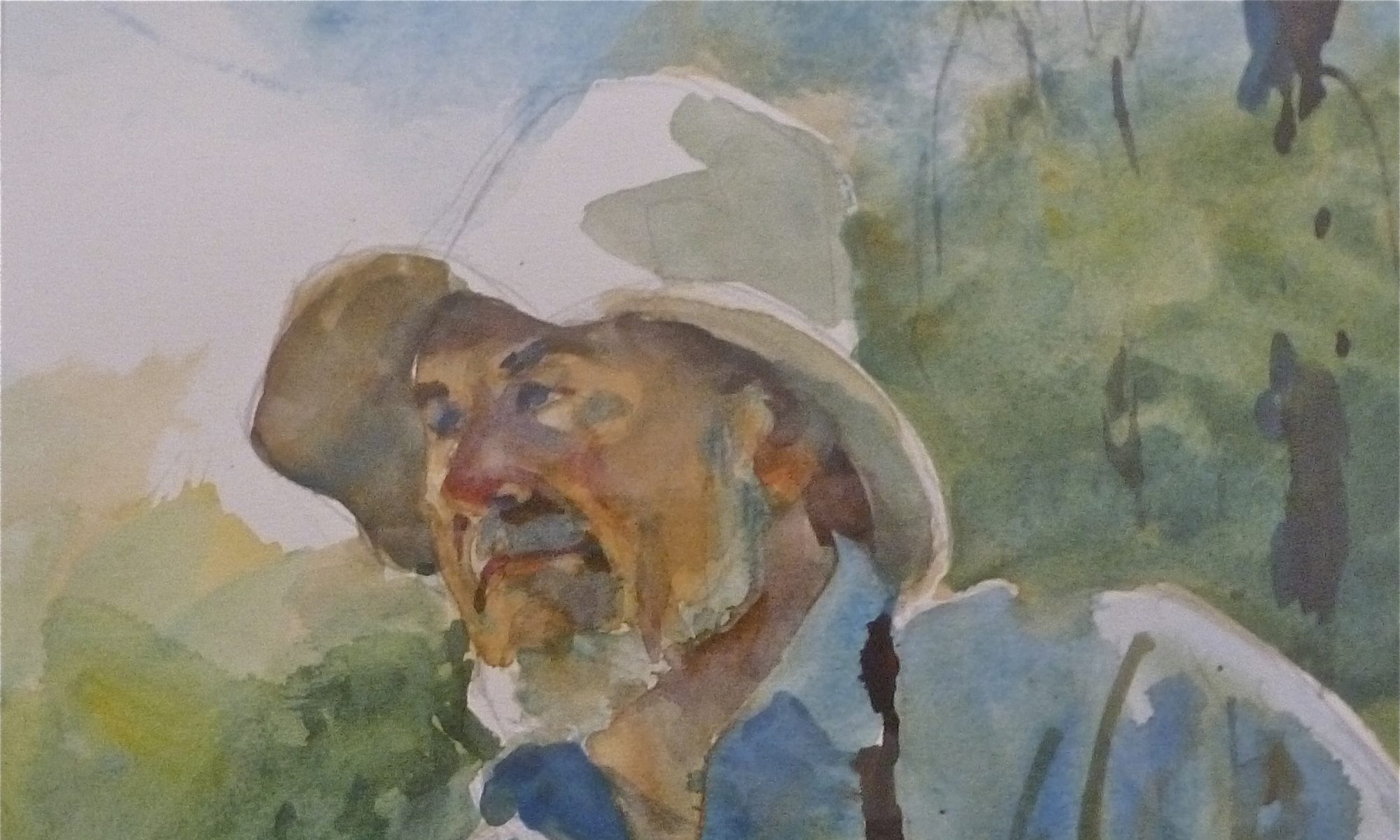 |
| Ford Sedan cost $1,074 |
The war ended and new cars started to arrive at the Seaview Garage in 1946. Most were built in ’45, but dealers referred to them as 1946 models. A black sedan with a new engine, a 59A 85 h.p. V/8. Wow.
Sometime in 1946, Charles Langille sold the Seaview Garage to Edward Soule. Soon afterward “Ed” started to expand the garage with unattractive additions. The first was to the north end, a 2-bay lubrication pit; then to the west, to the edge of Station Street. Most of the neighbors thought the additions were ugly!
The garage continued to sell gas (Tydol) and oil (Veedol). There was a large Tydol/Veedol sign hanging from a bracket on the roof, with a flying horse in the center. Gas price was about 15 cents per gallon in 1946. In 1949 it was 17 cents, in 1950 it was 18 cents, and in 1959, 25 cents. I can remember 5 gallons for a dollar!

There was a waiting list for a 1946 Super DeLuxe Ford. Those that could pay under the counter didn’t wait long! The 1946 thru 1948 looked much the same, some chrome changes and parking light relocations. In 1948, four new colors were added.
In ’48, I was 14 and knew about everything to know about a Ford car, so I thought! A 1948 Ford Sportsman convertible came in. “Oh wow, this is the best Ford ever!” Wood side panels, tan convertible top, white walls, red leather seats, a spot light, a radio, a 100 h.p. engine, and hydraulic lift windows. Also a Colombia 2-speed rear end. Oh ya, I knew what a 2-speed was — some of the contractors’ dump trucks had them. If you didn’t shift them correctly, oh what a grind! The cost of the Sportsman was over $2,000. Fat chance I’d ever own one!
by Ray Freden
Originally published in the Marshfield Mariner, February 4, 2009
| Ford Super Deluxe Sportsman cost $1,982. |






 Convoy stopped on Summer St. for a break, c.1944.
Convoy stopped on Summer St. for a break, c.1944.




